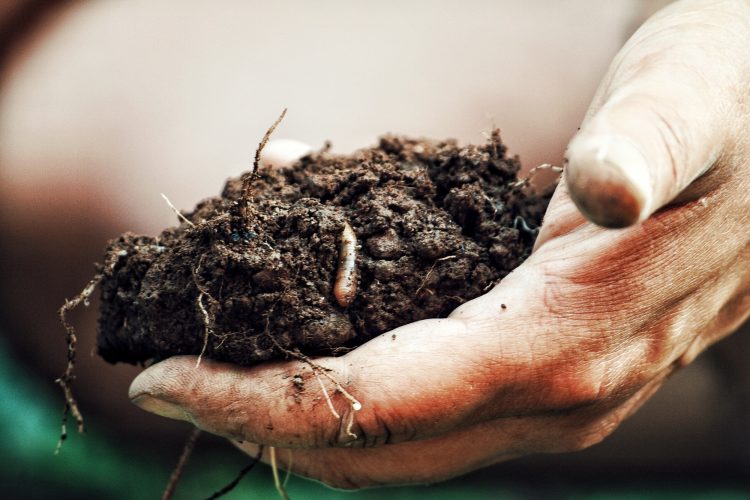Nest-building is a complicated business, and there’s no “one size fits all” design. Some species work together, while for others either the male or female takes control, from selecting a site, gathering materials, and the actual construction.

Birds need a safe, secure place in which to lay their eggs. Nests need to be strong enough to endure incubation and raising of hatchlings until they fledge. A range of styles are used by different species, including cup-shaped nests, woven nests, twig platforms, cavities, and scrapes on the ground.

Some birds build elaborately crafted nests, while for others, a simple scrape on the ground will suffice. Materials used will depend greatly on what is available nearby, the size and dexterity of the species.

Some birds will give old nests an overhaul and reuse for subsequent broods, while others will start from scratch for each new clutch and may abandon nest-building to start again if they (or their mate) are not satisfied with their efforts.

Using only their beaks and sometimes feet to collect and transport materials, birds then craft, weave, pack, smooth, stack and shape their nests, taking between a day or two to three weeks or more to complete the job.
Different types of nests
Nests need to be sturdy enough to support a brood full of increasingly lively chicks, and withstand wind and heavy rain.
Cup nests
A classic style of nest, cup-shaped constructions are used by many backyard birds, including American robins, warblers, finches, and cardinals.

Females select the site, typically supported by branches at the fork of a tree or deep in shrubbery or hedgerows. Construction is usually by the female alone, while males may help by bringing twigs and other materials.
Woven nests
Weaver birds and orioles create some of nature’s most intricately woven nests, using grasses, straw, and even spiders’ webs to structure their dwellings. A highly complex process of knotting and interlacing is undertaken over the course of several days, with individual blades of grass being threaded together to form hanging domes or pouch-shaped shelters.

Cavity nests
Woodpeckers, nuthatches, and some waterbirds such as wood ducks are known for cavity nesting. Some will excavate a new hollow in a decaying tree trunk, while others will make use of a disused cavity that has been utilized in the past by another bird.

Pellet nests
Swallows, house martins, and purple martins construct cup-shaped nests using up to 1,000 pellets of wet mud. Pairs work together to create the nest against a vertical surface, such as a wall or the underside of a bridge, over a period of up to three weeks. Old nests may be reused in subsequent years, and repairing an existing nest is preferable to starting afresh.






